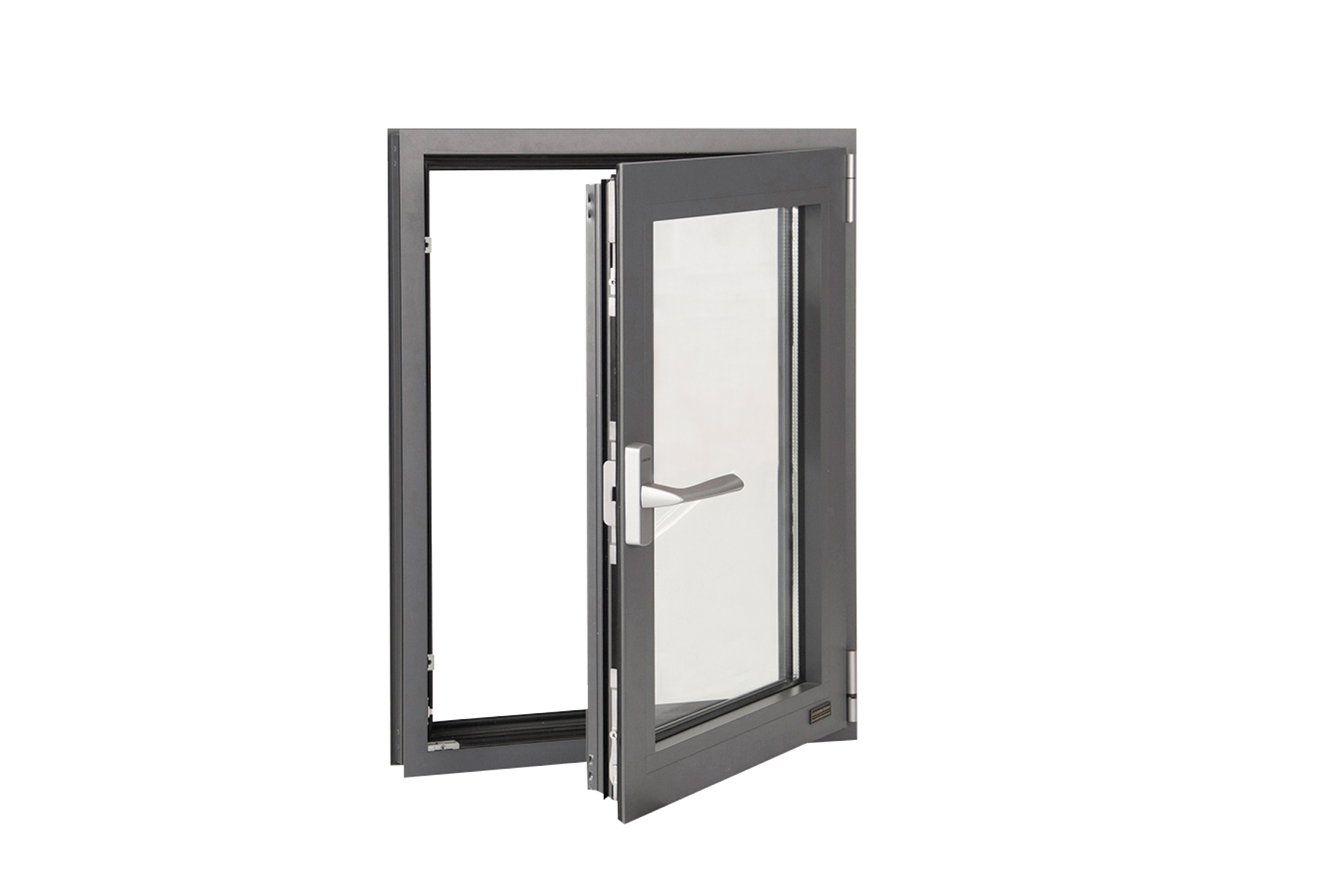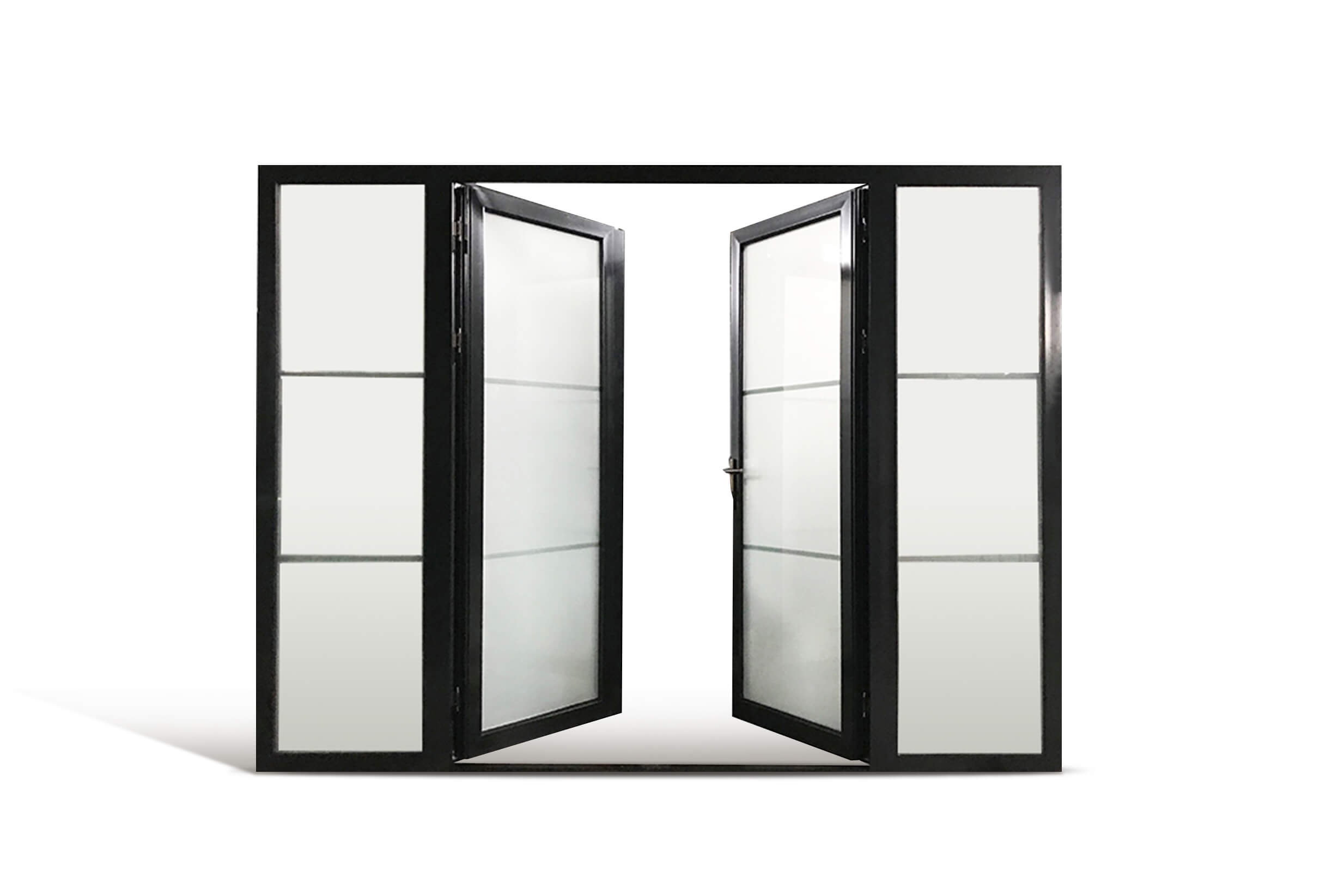Window and Door Seals | The Ultimate Guide to Efficiently Seal Your Home
Having proper window and door seals is crucial for maintaining a comfortable and energy-efficient home. In this comprehensive guide, we will explore the different types of seals available, their benefits, and provide step-by-step instructions on how to install them effectively. By the end of this article, you'll be equipped with the knowledge needed to seal your windows and doors properly, preventing drafts, water leaks, and reducing energy loss.
Why are Window and Door Seals Important?
Window and door seals play a key role in maintaining the insulation and integrity of your home. They act as a barrier against external elements such as wind, rain, and noise. When seals are worn out or improperly installed, it can lead to several issues:
- Energy loss: Leaky seals allow heat or cool air to escape, resulting in higher energy consumption and utility bills.
- Drafts: Gaps between windows/doors and their frames create drafts, making your home uncomfortable.
- Water leaks: Faulty seals can allow water to penetrate, causing damage to your walls, floors, and furniture.
- Noise pollution: Inadequate seals fail to block external noise, affecting your peace and comfort indoors.
Types of Window and Door Seals
There are various types of seals available, each designed for specific applications:
- Weatherstripping seals: Typically made of materials like rubber, foam, or vinyl, these seals are designed to fill gaps between movable components like windows and doors. They are effective in preventing drafts and reducing energy loss.
- Silicone seals: These are commonly used for sealing windows as they provide a durable and flexible barrier against air and moisture. Silicone seals are resistant to extreme temperatures and UV radiation, making them ideal for outdoor applications.
- Threshold seals: These seals are used at the bottom of doors to create an airtight barrier, preventing drafts, dust, and insects from entering your home. They are often made of aluminum or PVC and are available in various sizes and designs.
- Window film: While not a traditional seal, window films can improve insulation by reducing heat transfer and blocking harmful UV rays. They are easy to install and can be a cost-effective solution for enhancing energy efficiency.
Installation Tips for Window and Door Seals
Follow these steps to ensure a proper seal installation:
- Clean and prepare: Thoroughly clean the surfaces where the seals will be applied. Remove any dirt, dust, or old adhesive residue.
- Measure and cut: Accurately measure the length needed for each seal and use a sharp tool to cut it to the appropriate size.
- Apply adhesive: Depending on the type of seal, apply a suitable adhesive to the backside. Be sure to use an adhesive that is compatible with the materials involved.
- Position and press: Carefully position the seal in the desired location, ensuring it covers the gaps completely. Firmly press the seal against the surface to create a strong bond.
- Allow curing time: Some seals may require curing time for the adhesive to fully set. Follow the manufacturer's instructions to achieve the best results.
- Check and maintain: Regularly inspect your seals for signs of wear or damage. Replace any worn-out seals promptly to maintain their effectiveness.
Conclusion
Properly sealing your windows and doors is essential for creating a comfortable and energy-efficient home. By understanding the different types of seals available and following the installation tips provided, you can effectively enhance insulation, reduce energy loss, and prevent common issues like drafts and water leaks. Take the time to evaluate your windows and doors, and invest in quality seals to enjoy the long-term benefits they offer. Stay cozy, save energy, and make your home a better place to live!
custom window and door seals

 Picture Windows
Picture Windows Single Double Hung Windows
Single Double Hung Windows Tilt & Turn Windows
Tilt & Turn Windows Sliding Windows
Sliding Windows Bi-Fold Windows
Bi-Fold Windows Gliding Patio Doors
Gliding Patio Doors Bi-Fold Doors
Bi-Fold Doors Lift and Slide
Lift and Slide  Entry Doors
Entry Doors Swinging Doors
Swinging Doors




.jpg)
.jpg)